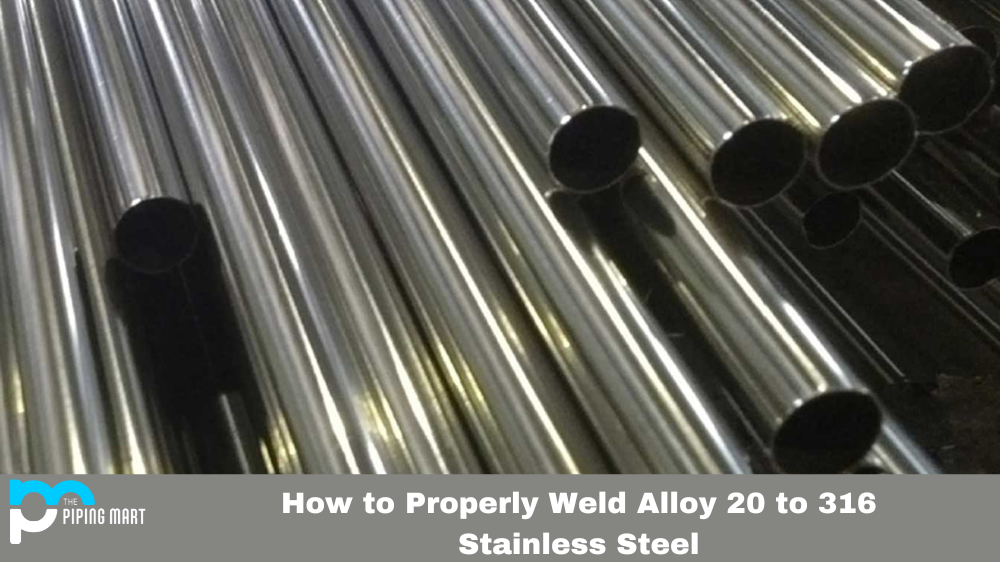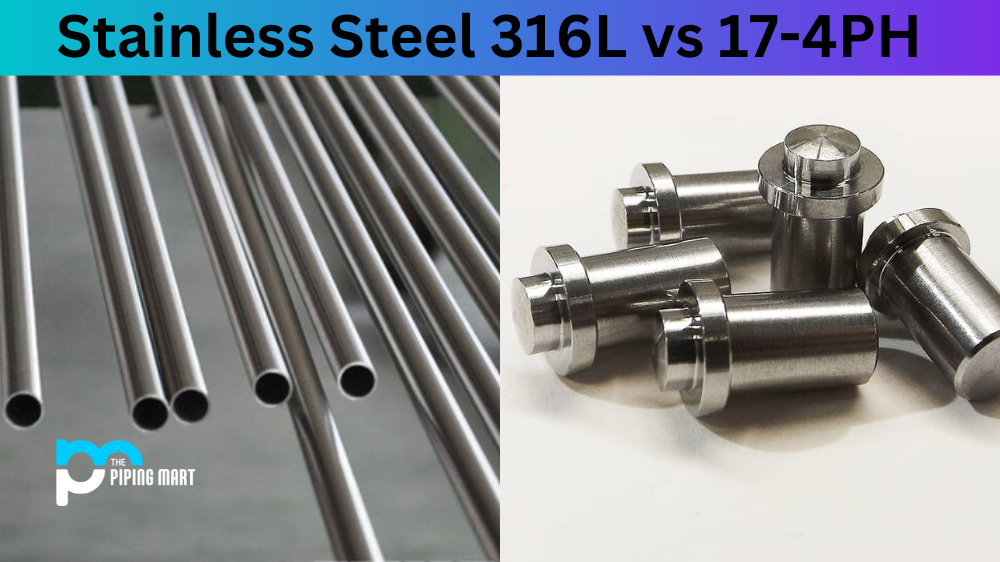Stainless steel is a popular choice for many welding projects, especially when it comes to alloy 20 and 316 stainless steel. Both types of stainless steel offer high-performance strength and durability, making them ideal for many applications. But when the two types of steel are joined together, extra care must be taken in order to ensure that the weld is successful. Read on for an overview of how to properly weld alloy 20 to 316 stainless steel.
Step 1: Cleaning the Materials
The most important part of any welding process is cleaning both materials prior to welding. This helps ensure that there are no contaminants or dirt on the surface that could lead to a weaker weld or corrosion over time. To clean both materials, use a wire brush and abrasive cloths with a mild detergent solution (such as isopropyl alcohol). Scrub the surfaces until they are free from dirt and debris before moving on to the next step.
Step 2: Preheating
Preheating can help reduce heat distortion during the welding process by allowing you to adjust temperatures better while also helping reduce residual stress that can lead to cracking down the line. In order to preheat both materials, use an oxy-acetylene torch set at 500-600 degrees Fahrenheit and move slowly along each material until they reach their desired temperature. Allow them to cool before moving onto step three.
Step 3: Welding
Now it’s time for welding! For best results, use an autogenous TIG welder with argon gas shielding and pure tungsten electrodes set at a range between 15-18 amps. Start by laying down your first bead along one side of your joint, switch sides, and repeat with another going in the opposite direction for optimal strength and stability. Once you have finished welding both sides together, allow your piece ample time for cooling before testing its strength or using it in any application.
Conclusion:
Welding alloy 20 to 316 stainless steel requires some special consideration in order for it to be successful—namely preheating and careful attention paid during the actual welding process itself. By following these steps outlined above, however, you can ensure that your weld will be strong and durable enough for whatever application you need it for! If you’re still unsure about this process after reading this article, consider consulting with a professional welder with experience with stainless steel alloys like alloy 20 and 316 before beginning work on your project. Good luck!

Pipingmart is B2B portal specializes in industrial, metal and piping products. Also, share latest information and news related to products, materials and different types grades to help business dealing in this industry.




